pv magazine Australia: Ovida provides Power Purchase Agreements (PPAs) for businesses allowing companies to shift to solar power, lower their energy bills, reduce their exposure to price volatility and help the environment with no upfront cost to the business, how does the process work?
Ovida: We find that many Australian businesses want to move to solar to take control of their energy bills and help the environment but they aren’t always in a position to pay upfront costs. We help customers move to solar by covering the upfront costs through a Power Purchase Agreement (PPA).
The process is fairly simple – we meet with the business to understand their energy needs and what they are currently paying for their energy. The next step is to enter into a PPA which is essentially an agreement between a party which generates electricity (Ovida) and a party looking to purchase electricity (the customer). Ovida takes full financial responsibility for the solar system including installation, maintenance and retains ownership of it while the customer buys electricity generated by the system at agreed rates for an agreed term.
What are the advantages of a solar PPA?
With a solar PPA businesses can lock in a low electricity rate without investing their own capital upfront. The business pays for the solar electricity the system produces, immediately benefiting from potential savings plus the added protection against future electricity price rises. Ovida takes care of all servicing and maintenance over the agreed term.
Who are Ovida’s installation partners?
Ovida has a network of Clean Energy Council (CEC) accredited solar installation partners who have installed thousands of solar systems over the last 10 years nationally.
What is the Ovida Community Energy Hubs Microgrid Project?
Ovida is working in partnership with the Victorian Government to deliver a first-of-a-kind sustainable energy solution in multi-tenanted buildings to drive down grid electricity costs for the tenants, owners and building management. The Community Energy Hubs Microgrid Project is a trial to work with multi-tenanted buildings, like apartment buildings and small commercial centres, to provide a no up-front cost solar and battery storage system, with energy distribution technology to provide the cheaper, sustainable supplementary energy to each participant’s premises, behind their grid meter. In the past people living in multi-tenanted buildings, including renters, didn’t have the opportunity to access the benefits of cheaper, sustainable solar power. We are working to change that.
Ovida has partnered with the Australian Energy Foundation, Allume Energy and RMIT on the Solar Partnering Around Regional Communities (SPARC) project which seeks to deliver 7.5 MW of solar PV and 1.5 MWh of battery storage across 75 local businesses in the Latrobe Valley region of Victoria, the state’s centre for coal mining and coal-fired power generation, what is Ovida’s involvement and what does the project seek to accomplish?
The SPARC Project is looking to develop up to 75 microgrids in commercial centres of the Latrobe City, Baw Baw and Wellington Local Government Areas in Victoria over the coming years, establishing Victoria’s largest concentration of on-grid microgrids. Each microgrid will connect co-located commercial premises so that they can share the benefits of a single solar system. Ovida will install and maintain the solar system and cover all upfront costs while the owners or tenants only pay for the energy they consume and can continue to choose their own grid energy retailer. This is a great opportunity to establish the Latrobe Valley region as a centre of excellence for microgrid technology and we’re on the look out for more commercial properties in the area to participate. Ovida received $3 million from the Victorian Government grant under the Latrobe Valley Microgrid Program to bring this project to life.
What other partnerships and/or projects is Ovida involved in?
At the moment we are focused on the microgrid projects mentioned above while continuing to help Australian businesses move to renewable energy through solar PPAs and supporting grid connections for generation projects and large energy users. We are always open to working with our customers on innovative solutions to meet their energy needs.
With the swiftness of the energy transition, new renewable projects (typically on the large-scale) are struggling with grid/network integration, are the growing pains of the transition being felt by Ovida?
At Ovida we’re working to overcome these challenges by providing a comprehensive Build, Own and Operate service to support connection to the grid for generation projects and large energy users. We have experience in increasing the competitiveness of large energy users and making an easier connection to the grid for utility scale renewables.
What innovations, new technologies or potential futures in the solar industry most excite Ovida?
Microgrid technology is an exciting aspect of the solar industry because it makes renewable energy accessible to those who couldn’t access it previously like commercial tenants and residents living in apartment buildings. We see microgrids as an important part of the transition to renewable energy over the coming years.
What’s next for Ovida?
We are focussed on finding more participants for our SPARC project to reach our target of 75 microgrids in the Latrobe Valley region over the coming years. We have recently set up an office in the region and have team members on the ground working closely with local business owners. We will also continue to help more Australian businesses connect to solar through solar PPAs.
This content is protected by copyright and may not be reused. If you want to cooperate with us and would like to reuse some of our content, please contact: editors@pv-magazine.com.
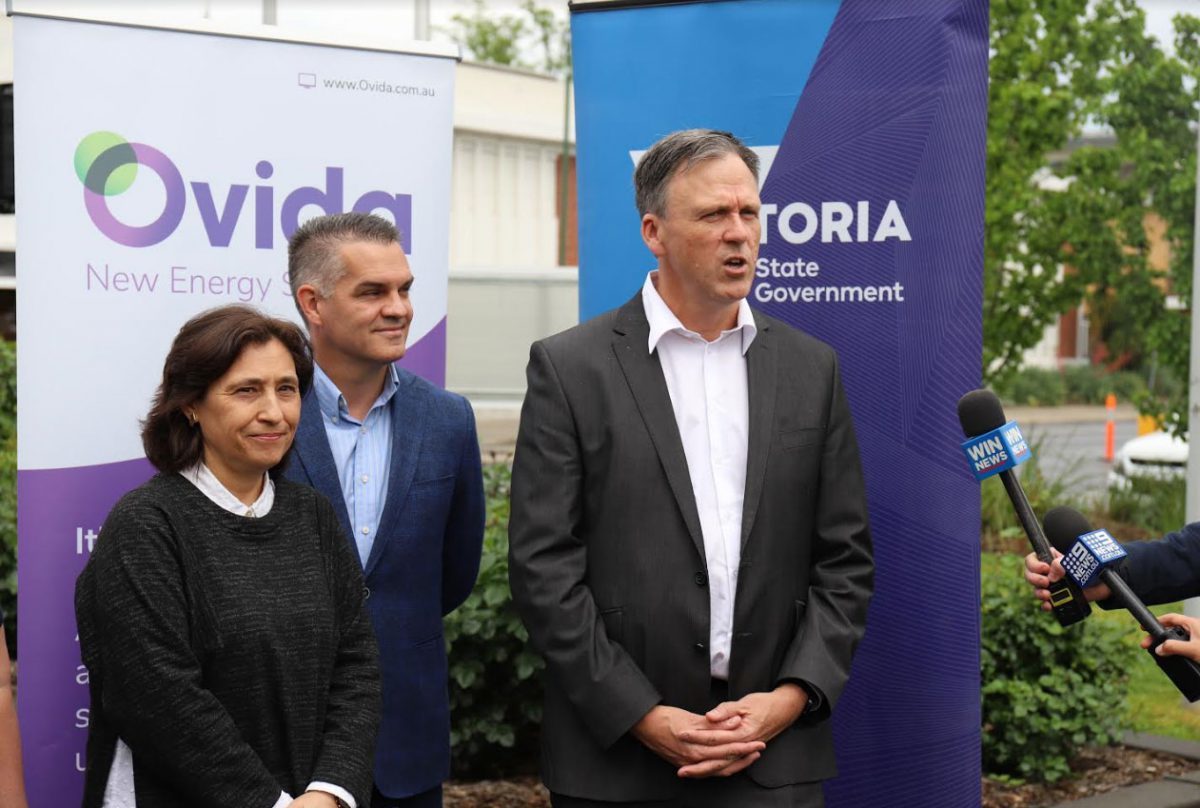
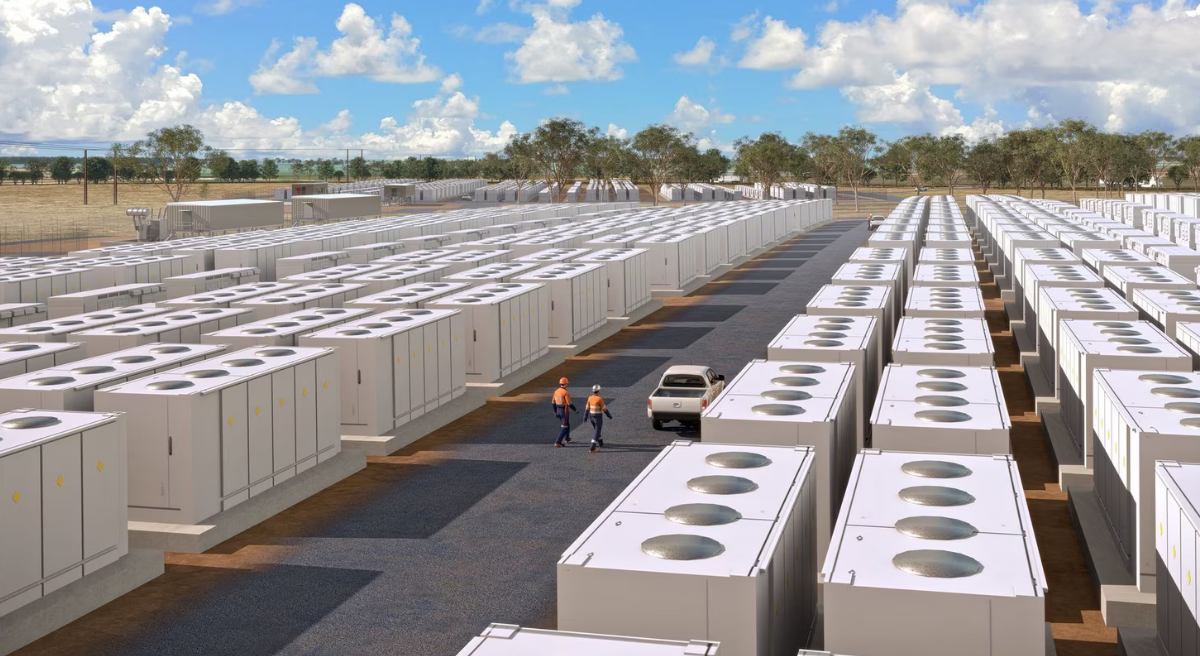



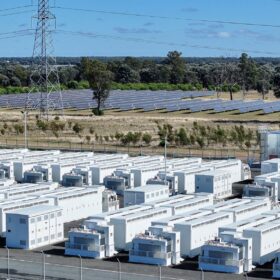

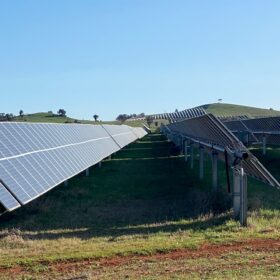
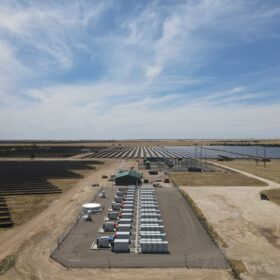
“The process is fairly simple – we meet with the business to understand their energy needs and what they are currently paying for their energy. The next step is to enter into a PPA which is essentially an agreement between a party which generates electricity (Ovida) and a party looking to purchase electricity (the customer). Ovida takes full financial responsibility for the solar system including installation, maintenance and retains ownership of it while the customer buys electricity generated by the system at agreed rates for an agreed term.”
From a business perspective, (maybe), for residential adopters they may find out, when that job you can’t refuse comes along and you have to sell your house, the energy ‘partner’ Ovida is, renting your roof for their solar PV system. Then you find out you may have to pay off the “contract” the PV system or both before you could sell the house. (IF) the prospective buyer wants, he could take over the contract. Bottom line this could kill selling one’s home. It is better to buy outright and own the system yourself. Over the long term all of the benefits of solar PV generation, in the short term, it helps the value of your home and selling your home.